Work takes place to protect railways from trees
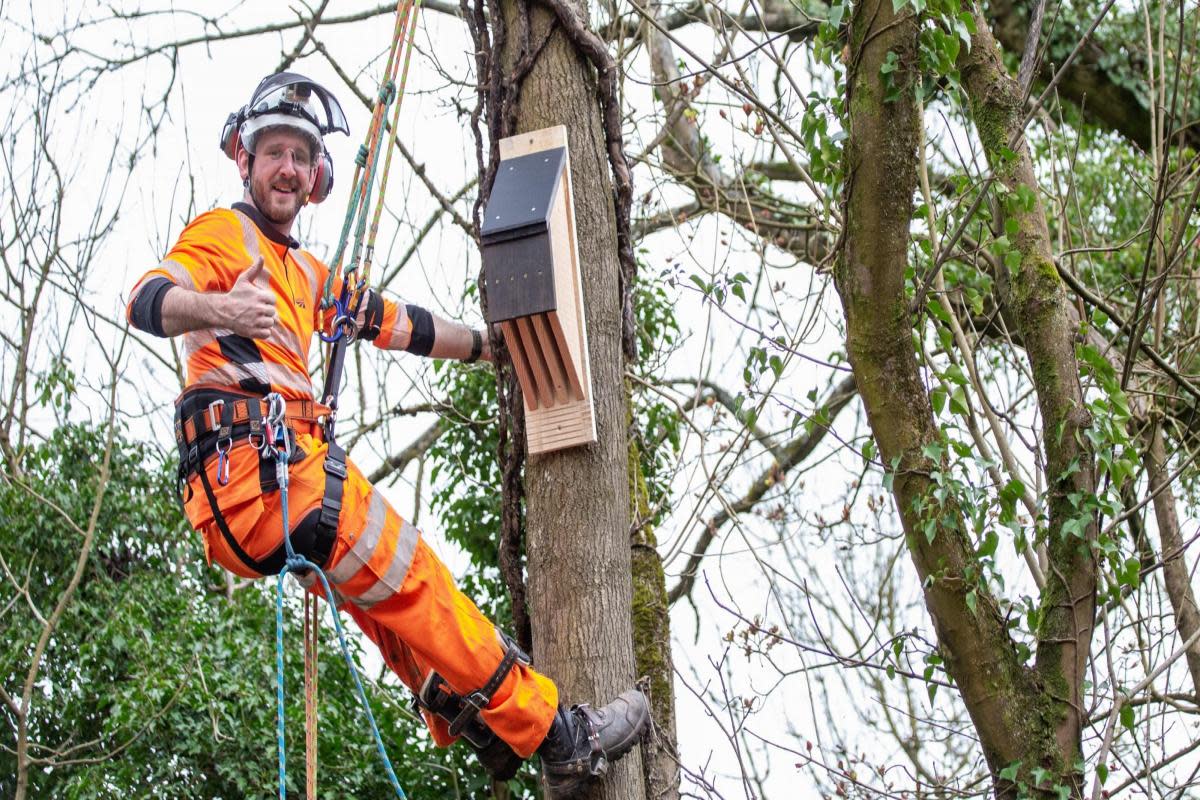
Environmental work has taken place to protect and manage trees that are alongside train tracks on the Chiltern main line.
Network Rail arborists have been working between Beaconsfield in Buckinghamshire and Marylebone in London in an attempt to ensure that falling trees, which can cause major disruption to rail services, are no longer an issue.
Trees pose a problem to the railway network not only due to the risk of falling, but also because when their leaves litter the tracks, they can interfere with train wheels gripping the rails.
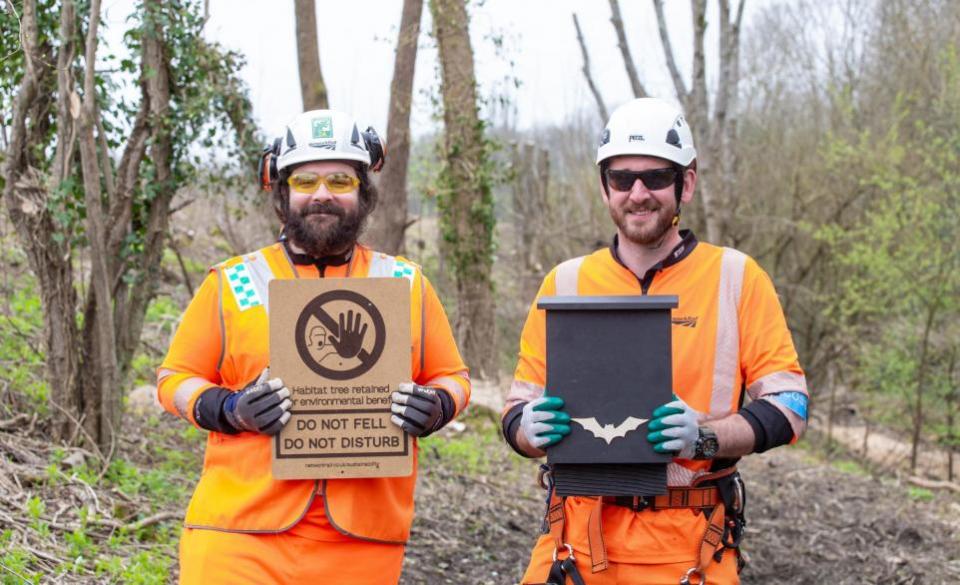
Arborist Chris Callaghan and ecologist Sam Jones with a bat box (Image: Network Rail)
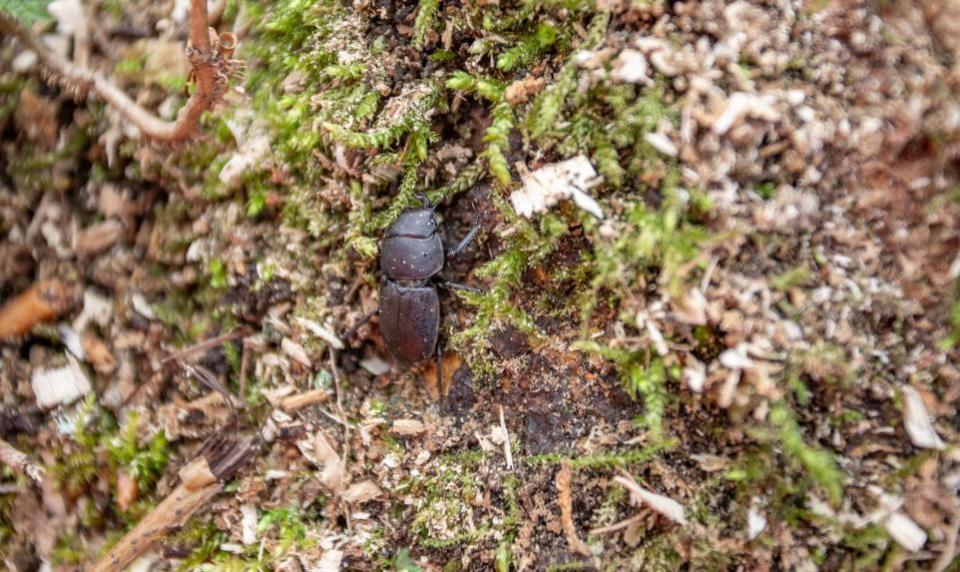
A false stag beetle in a tree stump near a train line (Image: Network Rail)
They can also obstruct signals and level crossings, and reduce visibility for those working on the tracks.
Chris Callaghan, senior arboriculturist for Network Rail’s central route, said: "We manage our railway so it can provide the best possible home for wildlife at the same time as safe and reliable journeys for passengers and freight."
Methods used to manage the trees include creating features of older trees, known as 'veteranising', which can involve drilling fake woodpecker holes or installing bird and bat boxes.
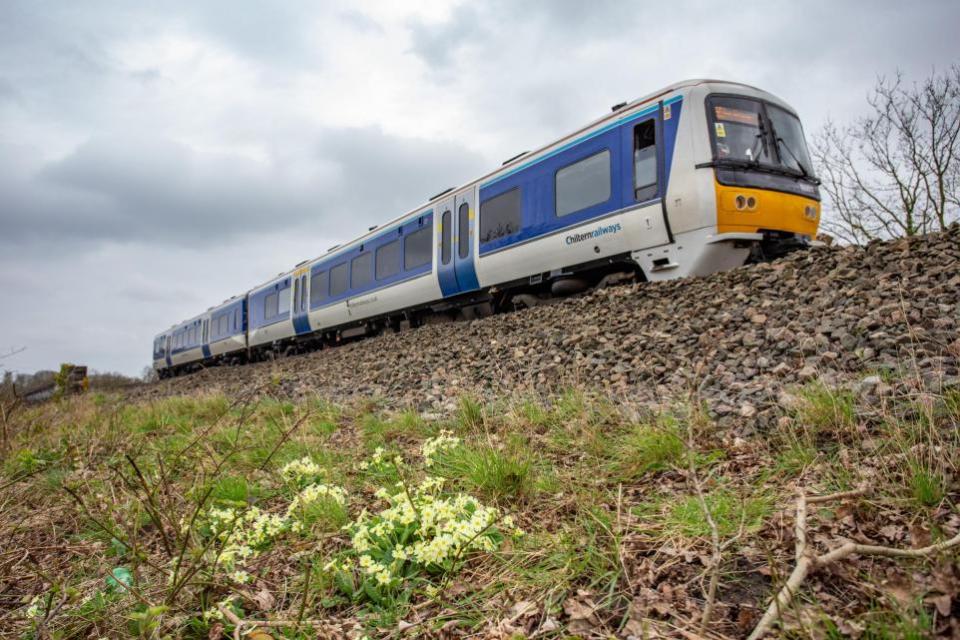
A Chiltern Railways train near Denham in Buckinghamshire (Image: Network Rail)
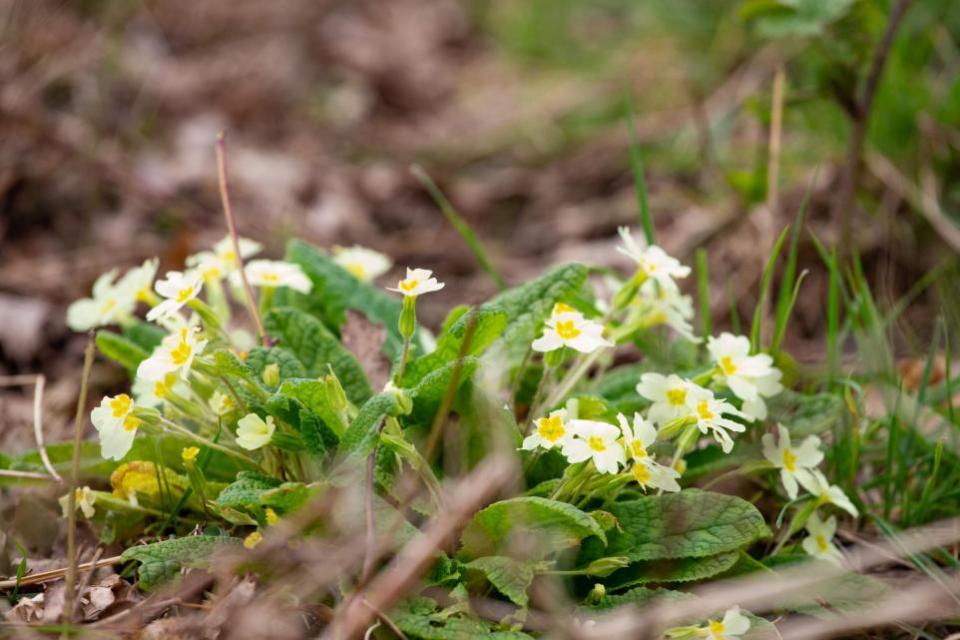
Primroses growing by the lineside (Image: Network Rail)
Neil Strong, Network Rail’s biodiversity strategy manager, added: "Unmanaged woodland is great in some ways, but it’s just not suitable to run a railway through.
"So we manage our railway so it can provide the best possible home for species, and also be safe for trains.
"Our railway is often the perfect ‘edge’ between different habitats and we can help wildlife by using specialist techniques to ‘veteranise’ trees."

 Yahoo News
Yahoo News 
